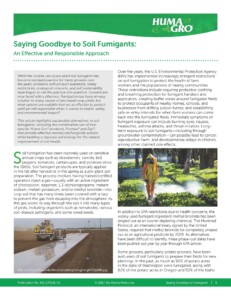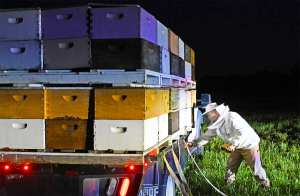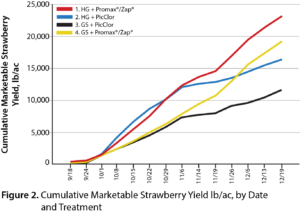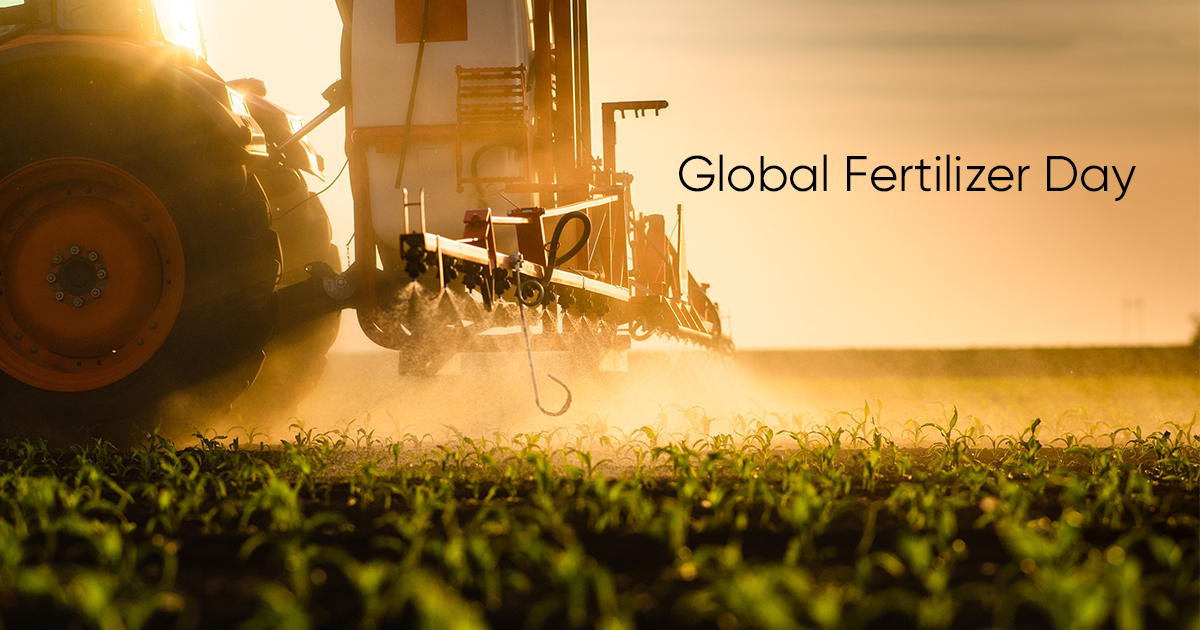Every year, October 13 is marked as Global Fertilizer Day to highlight the significance and acknowledge the contribution of the fertilizer industry in feeding the world’s growing populations.
This annual international awareness campaign is supported by fertilizer associations and companies across the world with the shared purpose of highlighting the social, economic, and environmental impact of fertilizers. Creating awareness will promote better farming practices and promote the proper use of fertilizers in the farming community.
Let’s celebrate this day by learning the following fertilizer facts:
- Fertilizers applied in the right amount at the right time can double the amount of corn produced using the same amount of water.
- Fertilizer, whether commercial or organic, helps generate organic matter in soils.
- Fertilizers help restore soil health by putting essential nutrients back into the ground after harvest.
- Fertilizer use has conserved over 2 billion acres of land from cultivation over the past 50 years.
- Good farming practices, including smart use of fertilizers, help to produce more protein-rich food.
- Well-fertilized crops produce more yield per acre. This saves fragile lands for wildlife habitat and recreational areas.
- Fertilizers improve plant health and make crops more resilient to climate change.
- Fertilizer produces plants that are strong and able to protect soils against erosion and runoff.
- More than 2 billion people suffer from micronutrient malnutrition. Micronutrient fertilizers help combat this threat to world health.
- Fertilizer is responsible for 50 percent of the world’s food production—without fertilizer we’d have only half the amount of food we do now!
Bonus Fact: U.S. fertilizer companies employ close to 90,000 people, and the fertilizer industry contributes $155 billion to the U.S. economy.
Facts provided by The Fertilizer Institute.
Related Posts

Saying Goodbye to Soil Fumigants
An Effective and Responsible Approach A New White Paper from Huma Gro® While the routine use of pre-plant soil fumigants has become standard practice for many growers over the years, problems with product availability, safety restrictions, ecological concerns, and soil sustainability have begun to call the practice into question. Growers are now faced with a

This Week in Ag #38
When you’re carving your Halloween pumpkins this week, be sure to thank a bee. That’s because pumpkins are not self-pollinating plants. Unlike cotton and soybeans, where pollen produced within a flower fertilizes the ovary of the same flower on the same plant, pumpkins have specific male and female flowers across their vines. So they need bees to carry pollen between the flowers. Pumpkin growers will rent bee colonies during the growing season to ensure better pollination and higher yields.

Huma Gro® Nutrient and Fumigation Replacement Program Increases Strawberry Yields 97%
Conducted by: Pacific Ag Research Huma Gro® Products: Ultra-Precision™ Blend (Fresca CA Strawberry Mix), Promax®, and Zap® OBJECTIVE This field trial assessed the effects on strawberry yields of replacing field fumigation with periodic applications of Huma Gro® Promax® and Zap® and replacing a grower’s standard fertilizer program with irrigation-applied Ultra-Precision™ blended liquid Huma Gro® crop


